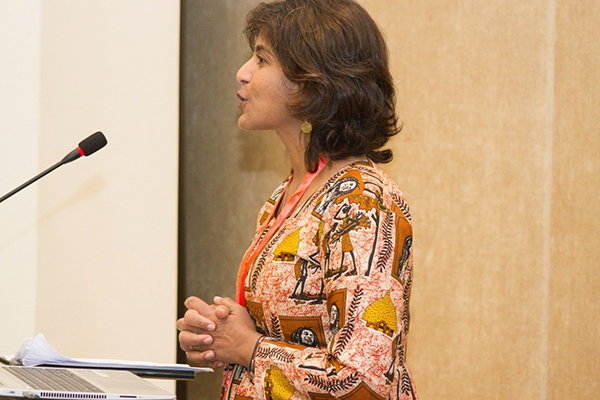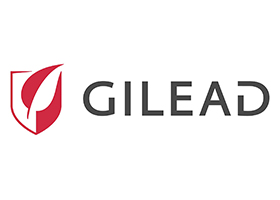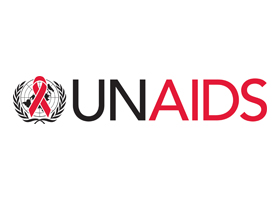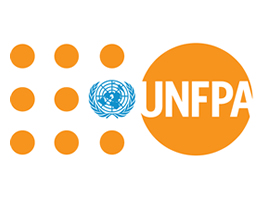Today 2nd December 2019, we heard from Manju Chatani-Gada at the 2019 Biomedical HIV Prevention Research Forum, one of the many pre-conferences accredited for the 2019 ICASA, that there are differences between ‘options’ and ‘choices’. Tool options for HIV prevention are largely made available through research. The choice for use of the HIV prevention tool are limited by the structural barriers that remain largely unaddressed.
The figures reeled out at the 2019 ICASA Conference holding from 2nd to 7th of December 2019 at Kigali, Rwanda highlights that women still remain the face of the HIV epidemic. As high as 58% of those living with HIV are women. Yet, there are multiple tools that can help women to prevent HIV infection. Researchers working in the biomedical HIV prevention field have created multiple options already. We currently have male and female condoms that effectively prevents HIV infection and other sexually transmitted infections. We know community level HIV testing makes significant positive impact for both the individual and the community, including reducing HIV incidence at the community level by about 30%. We know initiating HIV treatment immediately after HIV diagnosis can improve the quality of lives of persons living with HIV and reduce community HIV incidence. We also know that the use of an antiretroviral – specifically Truvasa – as PrEP can significantly reduce the risk of HIV infection and also reduce population incidence of HIV. Male circumcision works. Scientists have hereby created options.
More options are planned. This include the possible use of antiretrovirals as implants and injectables as PrEP, a one monthly drug regimen for HIV prevention, HIV vaccine, and multi-purpose pills that can prevention HIV infection and pregnancy. Scientists are creating more options.
Sadly, these options are not translating to choices for both men and women around the world. Country contexts creates inequity. Laws, political decisions, resource availability, low education opportunities, poor health systems, cultures of stigma and discrimination, and other structural determinants of access to health and rights, limits choices for men and women around the world. Those in sub-Saharan Africa are worse affected.
One of the ways forward proposed by Manju Chatani-Gada at the 2019 Biomedical HIV Prevention Forum is for the field to change the current way research is conducted. The research that emanates from the field needs to better address the needs of the user. No longer should we be asking for the needs of the users after a research is conducted. No longer should we be making users fit into the research outcome. Going forward into the future, clinical research for biomedical HIV prevention research should be designed with an implementation element that addresses product access in real time. Going forward, research should not only be creating options, HIV prevention research should also be ensuring choices are made possible for those who need it the most. In the context of HIV prevention, these are women, especially women living in sub-Saharan Africa.














